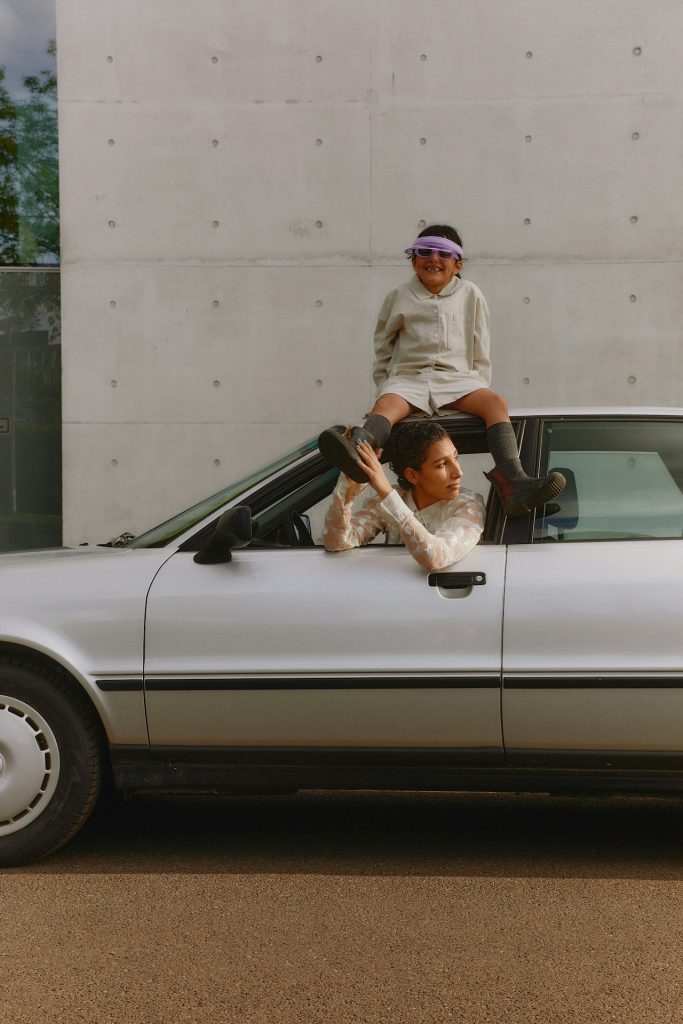First, it was 215 in BC. Then 104 more in Manitoba. 35 More in Saskatchewan. And realistically, more will come.
But it was the 215 that started it, in a sense. Those 215 babies, found in a mass grave at a former residential school in Kamloops, have sparked more children being found, buried in other mass graves at residential schools. And more Indigenous children are expected to be found as the sites of these schools are investigated.
It’s truly horrifying, and a stark reminder of actions Canada is so desperate to paint as a part of their past.
But the scariest part of this is that the discovery is not surprising – to Indigenous people, at least.
Survivors knew the horrors that took place in these institutions, and knew people didn’t make it out. Families had their children taken away to residential school, and those babies never came home. Where else would they be?
If you’re currently trying to educate yourself on the issues at hand (which, if so, good for you. Education is the first step), residential schools were “schools” run by the Canadian government and churches. The first school opened in 1831, and the last one closed in 1996. Within those 165 years, over 150,000 Indigenous children were homed at these institutions.
“Homed” is a loose term – nothing about these places were a home. To start, the children were kidnapped more times than not and forced into the schools. The goal was to “instil in them a distance for the native life so that they will be humiliated when reminded of their origin. When they graduate from our institutions, the children will have lost everything Native except their blood”, a quote from Bishop Vital Grandin, a proud supporter of these schools. To ensure this happened, children were forbidden from using their own language, names, or practice their culture. Hair was cut short, new names were assigned, and they were given uniforms.
This next section has a trigger warning, as some of the abuse suffered is described. The abuse only grew from there. At the most basic level, Indigenosu youth at these schools didn’t receive the essentials, like education and food. THey were often malnourished, and 50% of survivors didn’t learn skills like reading and writing. Children were beaten, chained to their beds, electrocuted, and had needles pushed through their tongues if they used their birth language. They were also sexually assaulted by the priests and nuns watching them.
It is estimated that one in 25 children who attended these schools were killed.
With such crippling loss to a whole group, and the repercussions of this mistreatment still being so evident in Canada today, it’s clear that action needs to be taken. Justin Trudeau vowed “concrete action” throughout his run for Prime Minister, and vowed it again after the bodies were discovered in Kamloops.
But to be honest, the government has vowed action for years, and nothing has changed. Flags at half mast for nine days (one hour for every child) is not enough. Politicians putting out their tweets of shock about the “disturbing history” is not enough. Saying that this is history is a way to indirectly say there’s nothing they can do. If it’s history, it’s in the past, right?
No – which is why this language around it being Canadian history is so important to address. There’s so much to be done. So much needs to happen today. Because these injustices bleed into today, they aren’t just a part of history.
So what does an actual response to this horror look like?
It looks like the Federal Government focusing their effort on finding the other missing and murdered children from the residential schools, instead of actively fighting residential school survivors in court. There are going to be bodies there, it’s just a question of how many. And by no means does it make things better, but it may give one family closure.
It would look like running water on the reserve, running water that Indigenous communities can actually drink without boiling. Today, 73% of Indigenous water sources are at medium to high risk of contamination.
It looks like real reform in the child welfare system, which is the modern residential school we love to pretend is our “history”. Despite being 7.7% of the Canadian population, Indidgenous youth under 14 makeup over 50% of children in this system. It’s a system where over 100 Indigenous children died over five years, between 2014 to 2019, and that story doesn’t make the news.
It looks like honouring Indigenous land that has been promised to them instead of destroying that land for development. It also looks like not arresting protestors, trying so desperately to hold onto the land they have been promised, helling Indigenous people keep it.
It looks like actively working towards reconciliation – steps which have quite literally been handed to the government. The Truth and Reconciliation Commission report from 2015 provided nearly 100 Calls to Action for the government. So far, only eight have been implemented. Eight.
It looks like this, and so much more.
With so many injustices happening to Indigenous people, and so few of the government promises to make it right being kept, how can people call this history? This mistreatment is happening now, so stop saying that the residential schools are a “dark chapter in history”. It’s being proven time and time again that the same chapter is still being written today.
But today? Today, I will hold space in my heart for those children, those babies, each with a name and a family who hoped they would come home. I will mourn with my community. And I will pray that this reality brings some real change.
If you’re looking for ways to support survivors, please actively work to elevate Indigenous voices throughout this time and educate yourself on the horrors they faced. If you can afford to do so, consider donating to residential school survivor funds.







